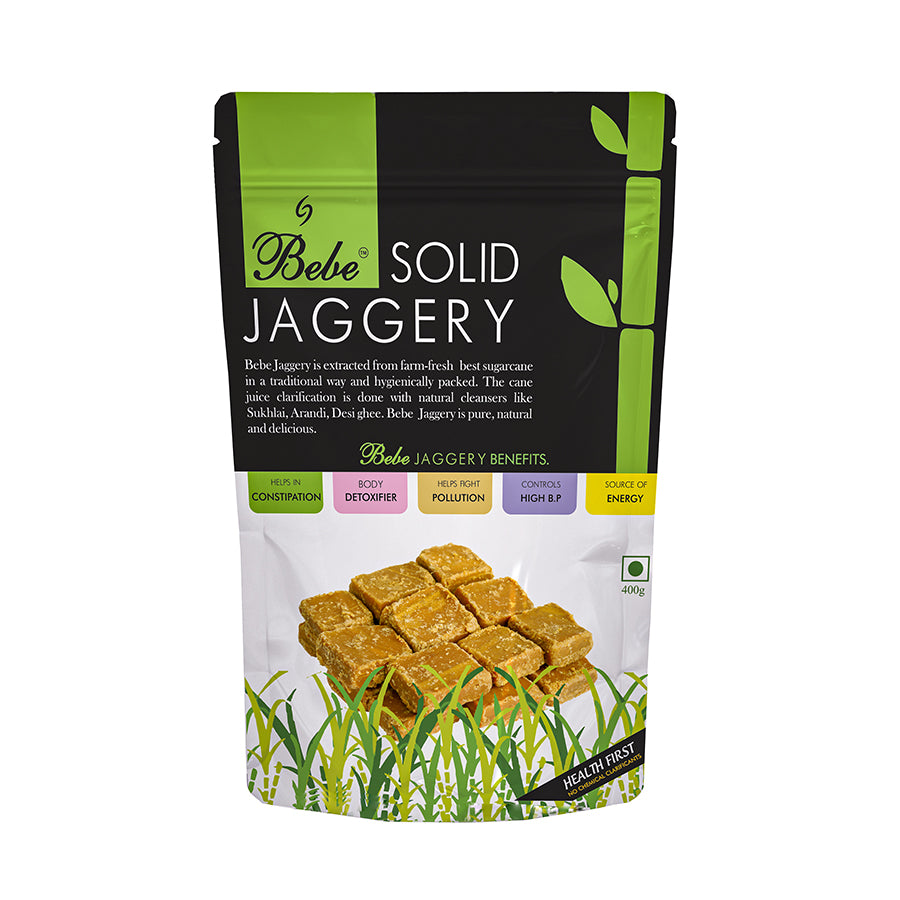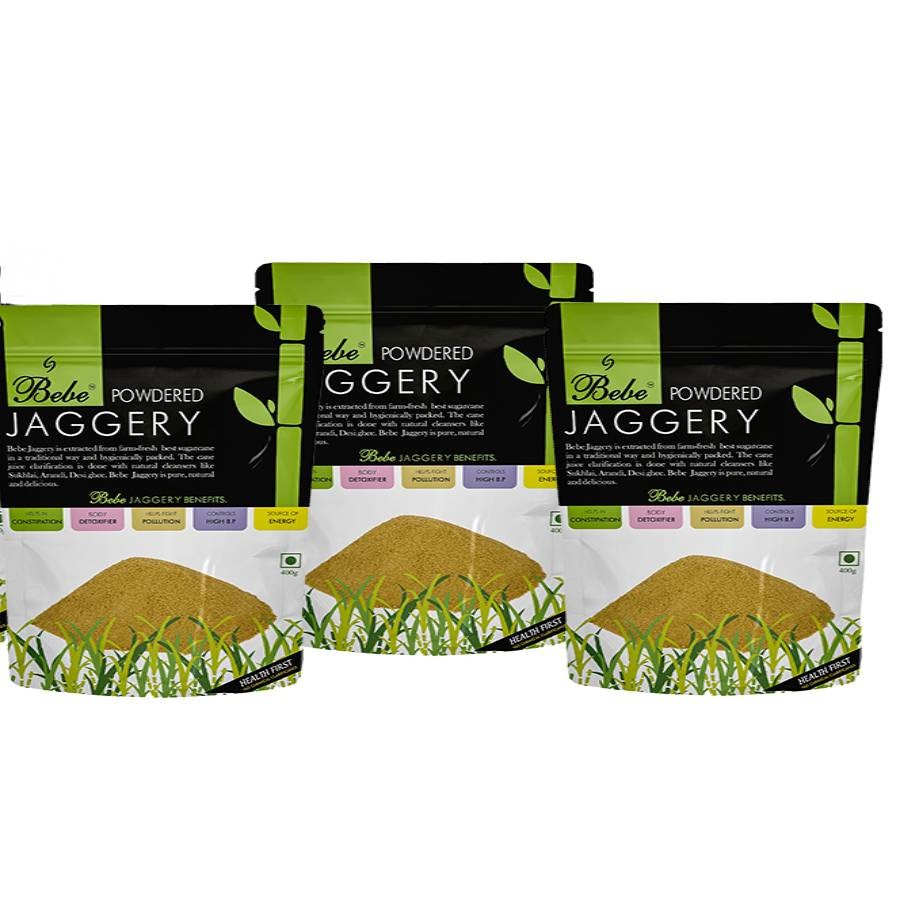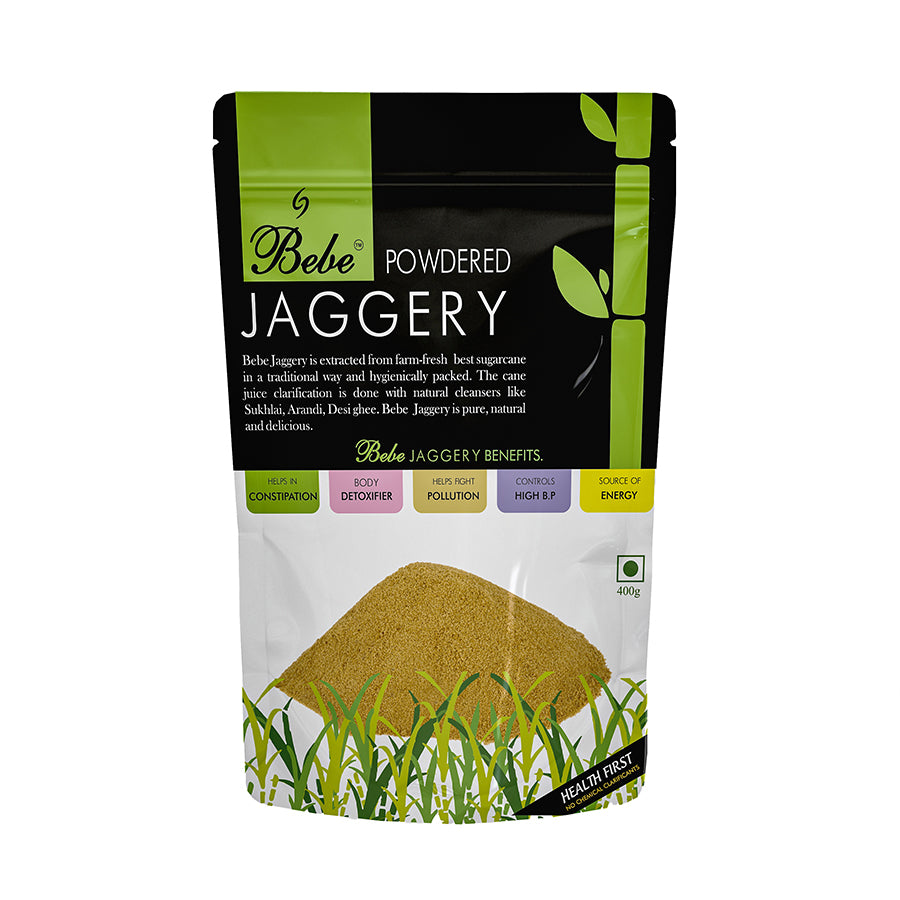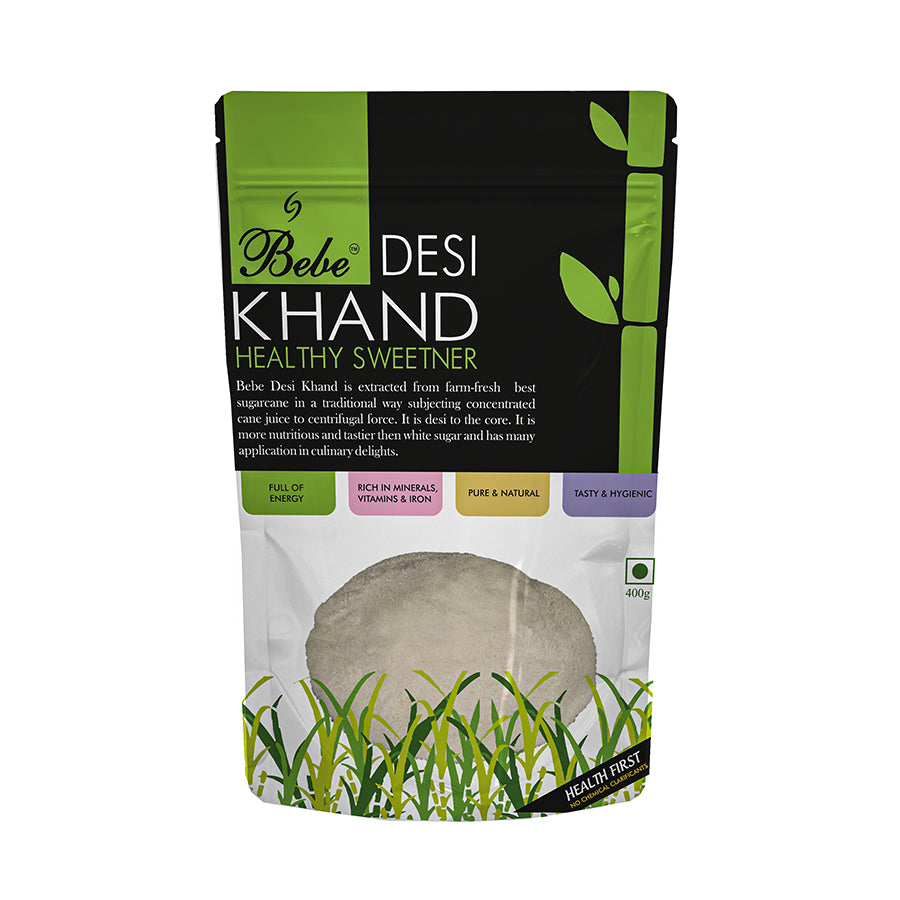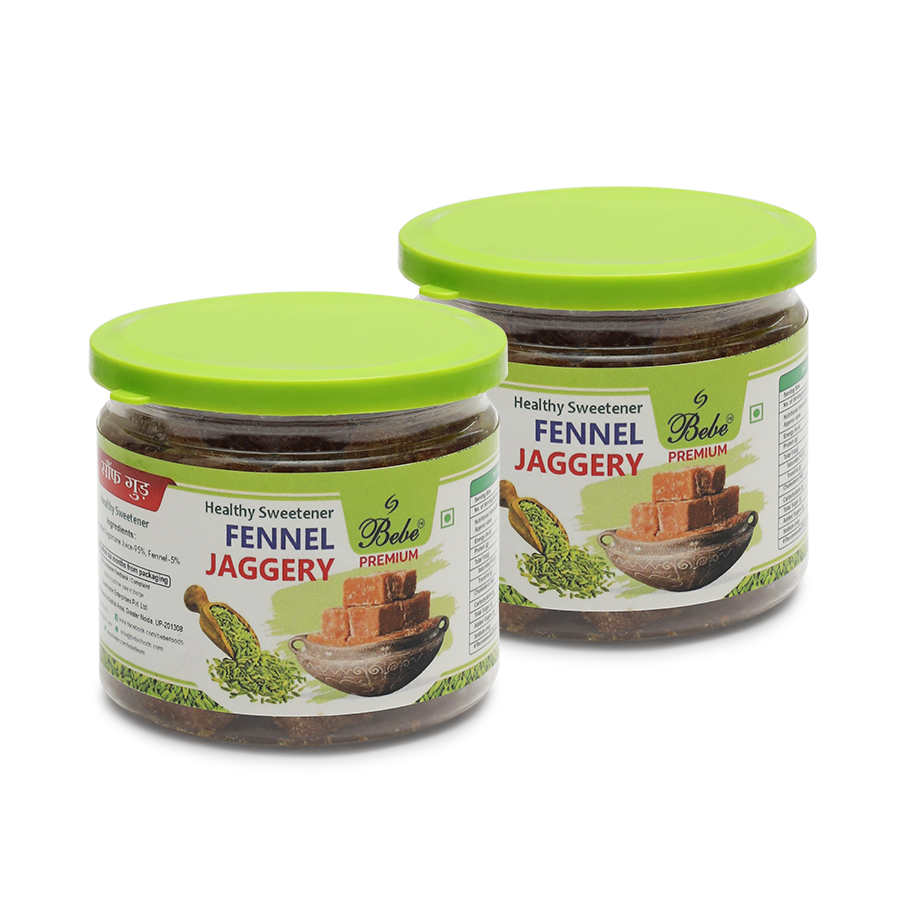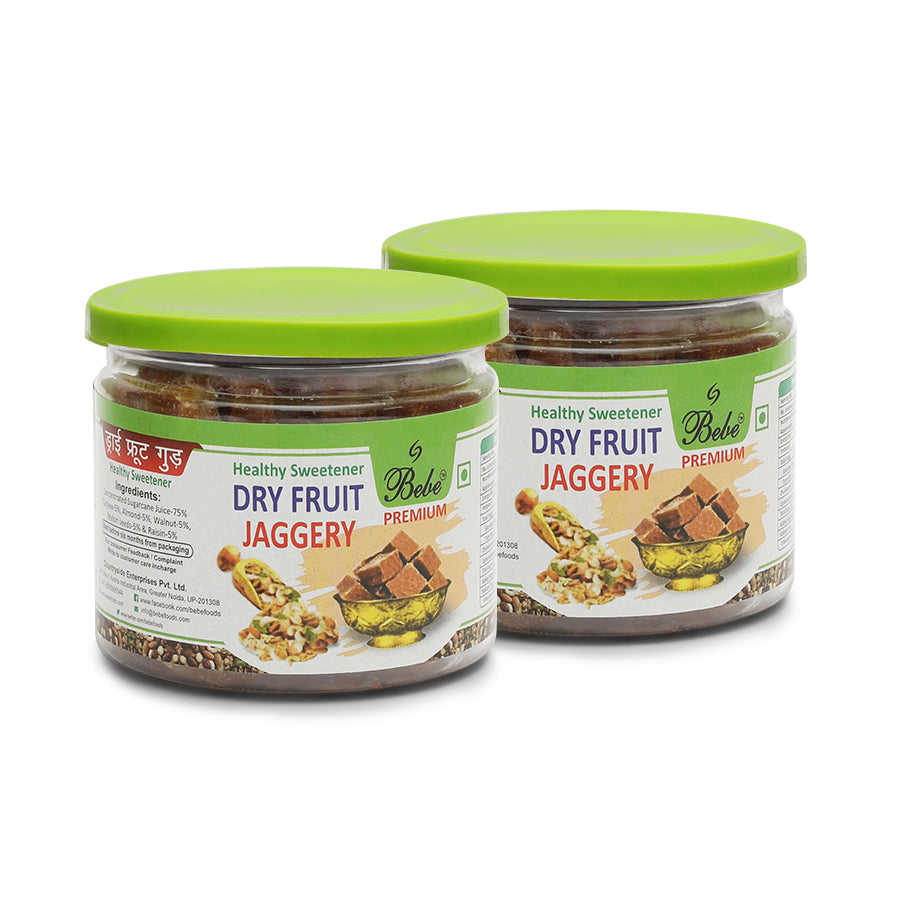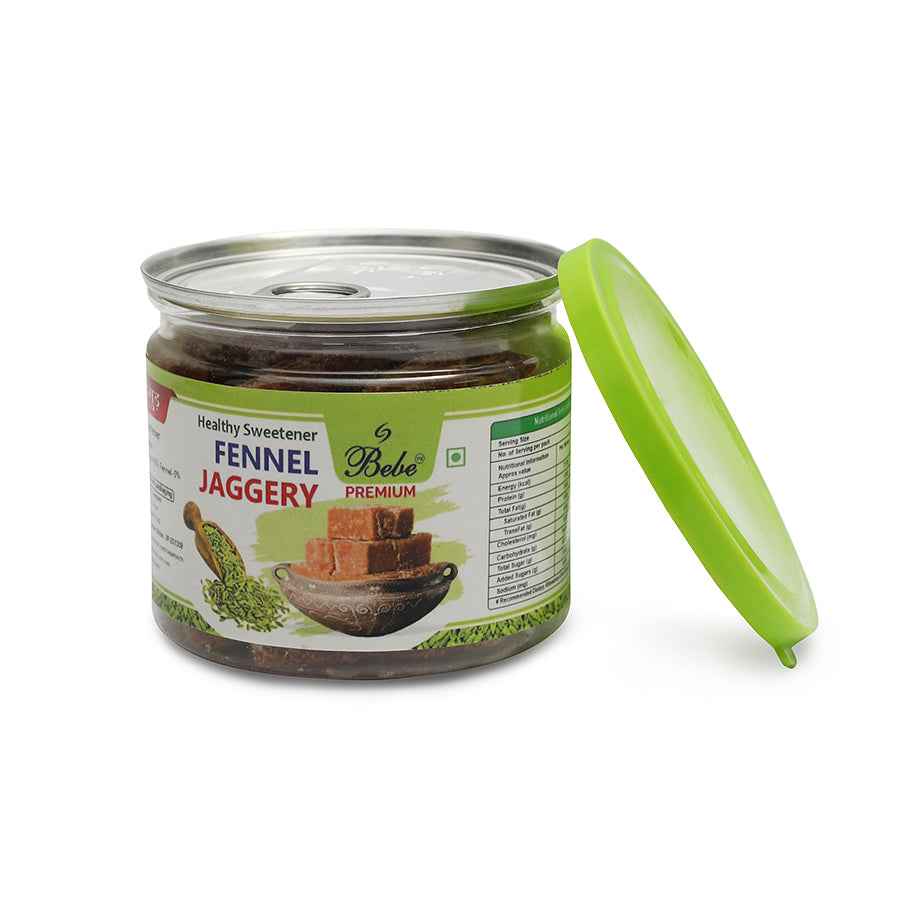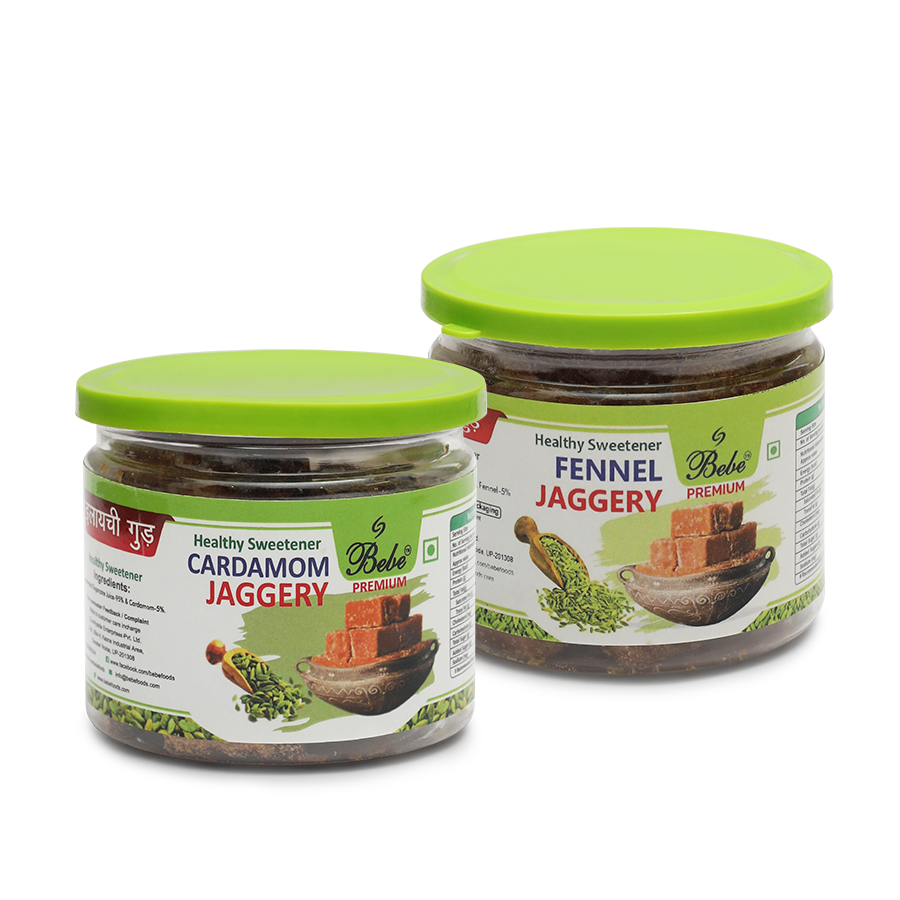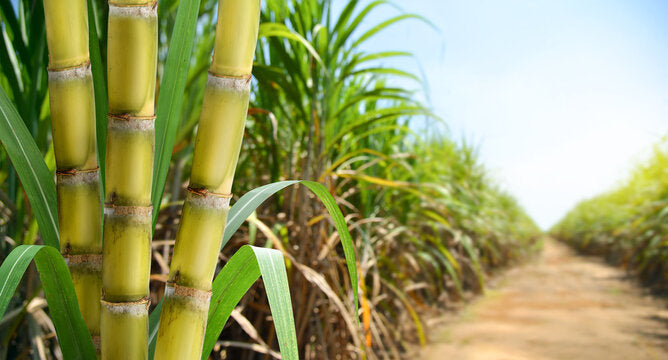
How to Make Jaggery from Sugarcane Juice at Home

Making jaggery from sugarcane juice is a traditional process that has been used for centuries in many parts of the world. It's a natural sweetener that's not only delicious but also packed with nutrients. The process of making jaggery at home can be both rewarding and fun. Here's a step-by-step guide to help you make your own jaggery from sugarcane juice.
Ingredients and Equipment You'll Need:
- Fresh Sugarcane Juice: The fresher, the better. You'll need about 10-15 liters of juice to produce a small batch of jaggery.
- Large Iron or Stainless Steel Pan: This will be used for boiling the juice.
- Wooden Spatula: For stirring the juice.
- Strainer or Muslin Cloth: To filter out impurities.
- Molds or a Tray: To shape the jaggery once it's ready.
- Lime or Baking Soda (Optional): These can be used to reduce the acidity of the juice, although it's not always necessary.
Step-by-Step Process:
-
Extracting the Juice:
- If you have access to sugarcane, the first step is to extract the juice. This can be done using a sugarcane juicer. Ensure that the juice is fresh, as it begins to ferment quickly.
-
Straining the Juice:
- Once you have your sugarcane juice, strain it through a muslin cloth or a fine strainer to remove any impurities such as dirt, fibers, or small insects.
-
Boiling the Juice:
- Pour the filtered juice into a large iron or stainless steel pan. Traditionally, an iron pan is preferred as it gives the jaggery a rich, dark color.
- Begin boiling the juice over medium heat. As the juice heats, impurities will rise to the surface. Skim these off with a ladle or spoon.
-
Reducing the Juice:
- Continue boiling the juice. As it reduces, it will start to thicken and change color from light green to a golden-brown hue. This process can take several hours, so patience is key.
- Stir the juice occasionally to prevent it from sticking to the bottom of the pan. If the juice becomes too acidic, you can add a small amount of lime or baking soda to neutralize it.
-
Testing the Consistency:
- After a few hours, the juice will start to become thick and syrupy. To check if it’s ready, take a small spoonful of the syrup and drop it into cold water. If it forms a soft, malleable ball, it’s ready. If it dissolves, continue boiling.
-
Forming the Jaggery:
- Once the syrup has reached the right consistency, remove it from the heat. Allow it to cool slightly until it’s safe to handle but still liquid.
- Pour the syrup into molds or a greased tray. Let it cool completely at room temperature until it hardens into jaggery.
-
Storing the Jaggery:
- Once the jaggery has hardened, you can break it into pieces and store it in an airtight container. It will keep for several months and can be used in various recipes or as a natural sweetener.
Tips for Success:
- Patience: The process of making jaggery requires time and patience. Rushing the process can result in jaggery that's too hard or not properly formed.
- Quality of Juice: The quality of your jaggery largely depends on the quality of the sugarcane juice. Ensure that the juice is fresh and free from impurities.
- Stirring: Regular stirring during the boiling process is essential to prevent the juice from burning or sticking to the pan.
Health Benefits of Jaggery:
Jaggery is a natural sweetener that's rich in iron, magnesium, potassium, and antioxidants. It aids in digestion, detoxifies the liver, and provides a quick source of energy. Unlike refined sugar, jaggery retains the natural minerals and vitamins found in sugarcane juice, making it a healthier alternative.
Conclusion
Making jaggery at home is not only a great way to enjoy a traditional sweetener, but it's also a fulfilling process that connects you to ancient culinary practices. With a little time and effort, you can create your own batch of this golden delight right in your kitchen!







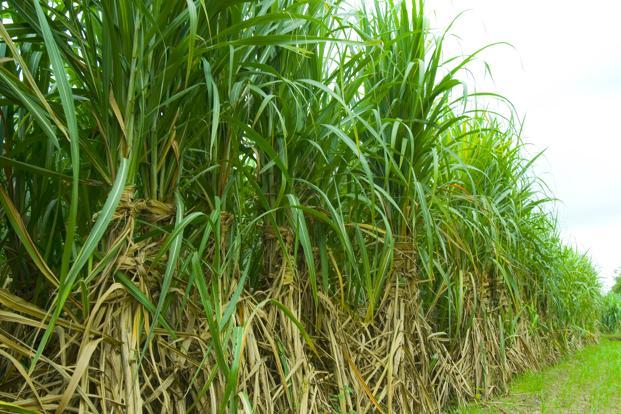
![Bebe Jaggery Sachets 600g, [150g x 4 packs]](http://bebefoods.com/cdn/shop/files/1.jpg?v=1717235899)
![Bebe Jaggery Sachets 600g, [150g x 4 packs]](http://bebefoods.com/cdn/shop/files/2.jpg?v=1717235899)
![Bebe khand Sachets 600g [150g x 4 packs]](http://bebefoods.com/cdn/shop/files/2_65987286-ab77-44db-9cae-69ac50e920a4.png?v=1750527284)
![Bebe khand Sachets 600g [150g x 4 packs]](http://bebefoods.com/cdn/shop/files/4_295f1632-1a69-4fcb-aa69-1172c2928b52.png?v=1750527252)

